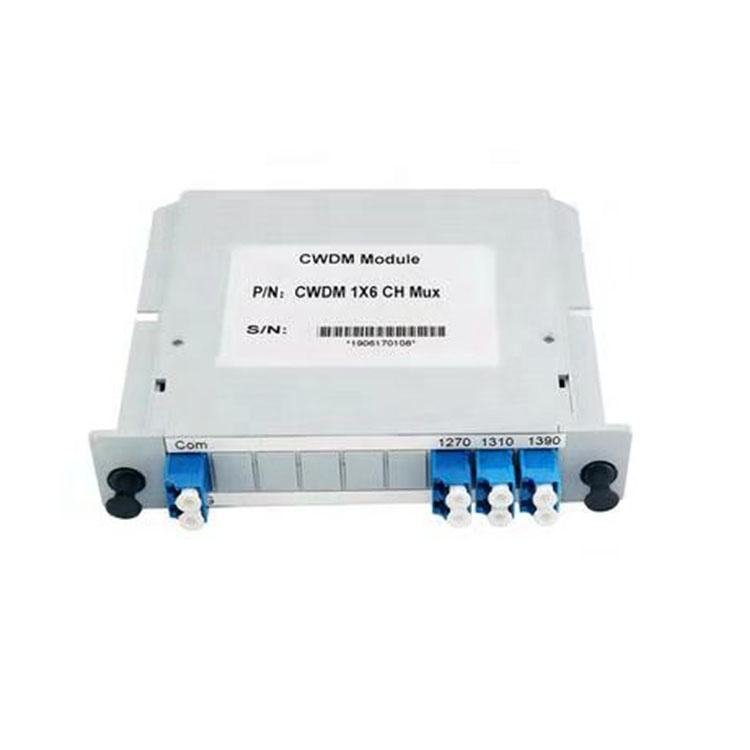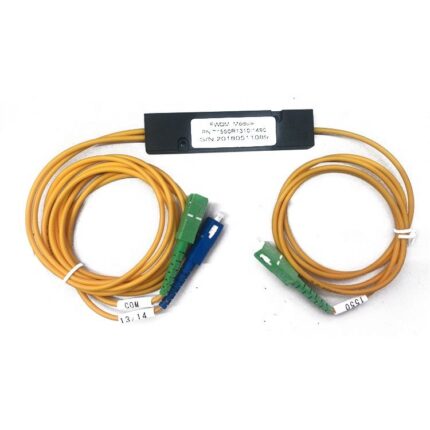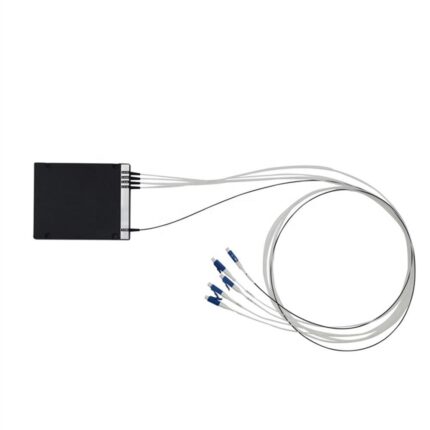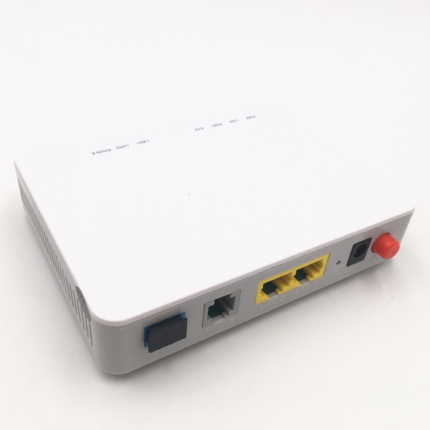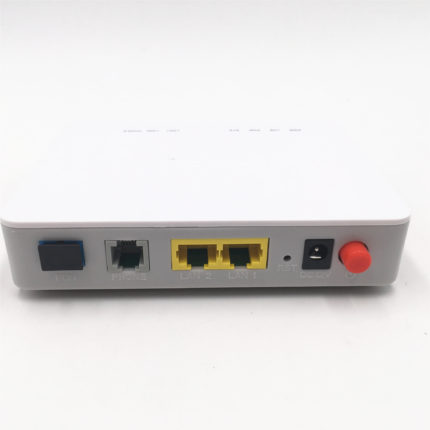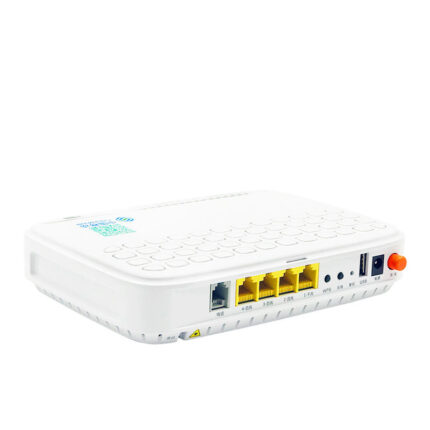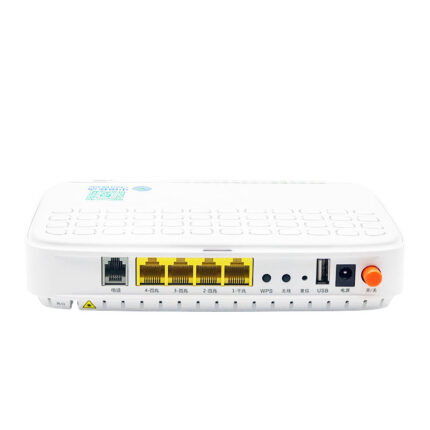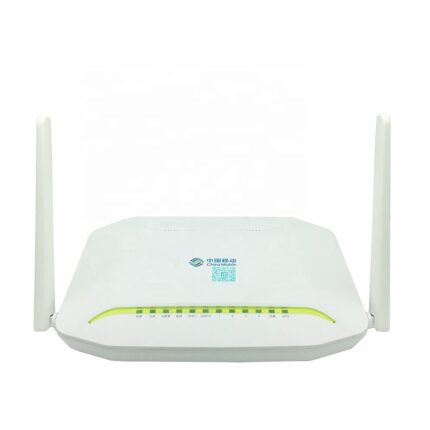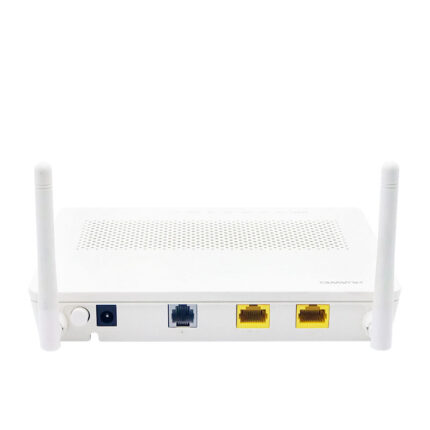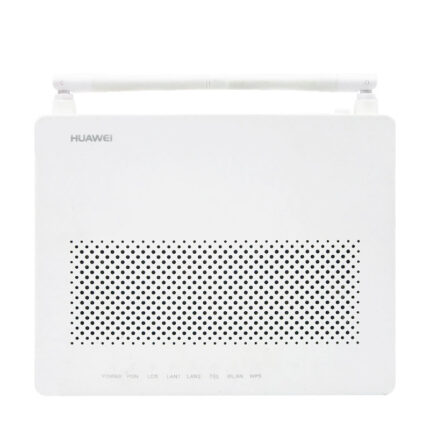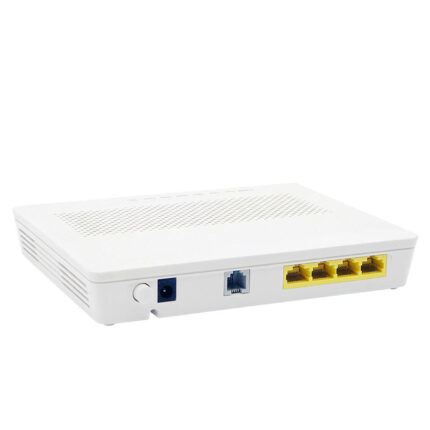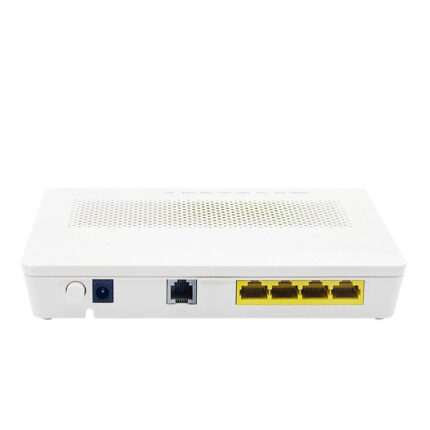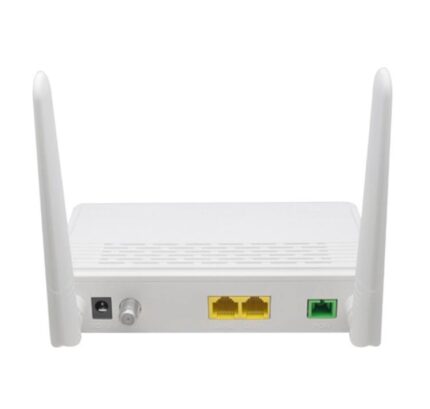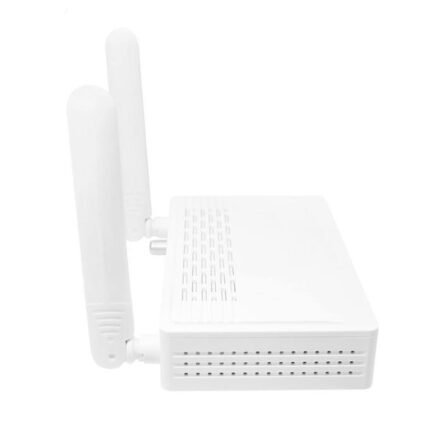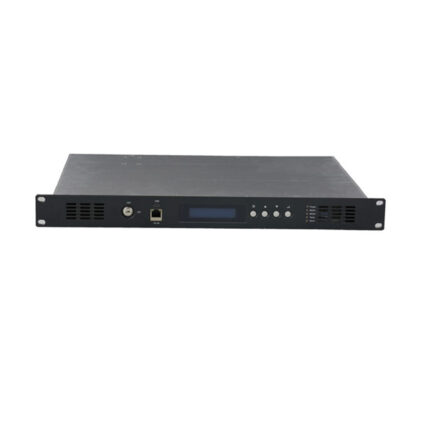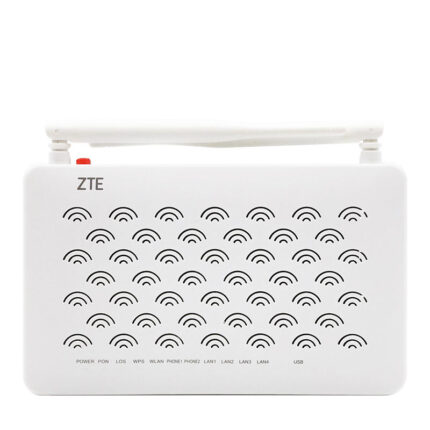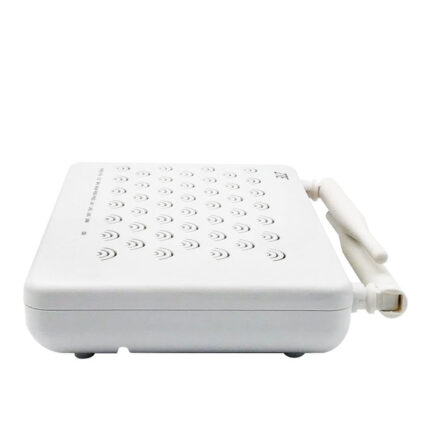6 Channel CWDM Module Description:
The 6 Channel CWDM Module (Coarse Wavelength Division Multiplexing) Mux DEMUX module is a high-quality optical device designed to enhance fiber optic network capacity. It features low insertion loss, low polarization-dependent loss (PDL), high isolation, and a compact design, ensuring reliable and stable performance.
This module is compliant with Telcordia GR-1221/1209 standards, making it suitable for various applications, including CWDM systems, Passive Optical Networks (PON), and CATV links.
Key Features:
- Low Insertion Loss:
- Ensures minimal signal attenuation, enhancing overall system performance.
- Low Polarization Dependent Loss (PDL):
- Maintains signal integrity regardless of the polarization state of the light.
- High Isolation:
- Provides excellent isolation between channels, minimizing interference and crosstalk.
- Compact Design:
- Facilitates easy integration into various network setups.
- Good Channel-to-Channel Uniformity:
- Ensures consistent performance across all channels.
- High Reliability and Stability:
- Ensures long-term operation with minimal maintenance.
- Compliance with Telcordia GR-1221/1209:
- Meets industry standards for reliability and performance.
Applications of 6 Channel CWDM Module:
- CWDM Systems: Enhances the capacity and efficiency of CWDM networks.
- PON Networks: Suitable for use in Passive Optical Networks.
- CATV Links: Ideal for transmitting television signals over fiber optic networks.

Optical Specifications:
| Parameter | Value |
|---|---|
| Channels Number | 2, 4, 8, 16, 18 |
| Central Wavelength | ITU-T Grid |
| Bandwidth (@0.5dB Passband) (nm) | ITU-T ±6.5 |
| Channel Passband (nm) | 20 |
| Insertion Loss (dB) | |
| Typical | 1.2 (2 CH), 1.6 (4 CH), 2.2 (8 CH), 3.2 (16 CH), 3.8 (18 CH) |
| Maximum | 1.4 (2 CH), 1.8 (4 CH), 2.8 (8 CH), 5.0 (16 CH), 5.6 (18 CH) |
| Ripple (dB) | ≤ 0.3 |
| Polarization Dependent Loss (PDL) (dB) | ≤ 0.10 (2 CH), ≤ 0.15 (4 CH), ≤ 0.20 (8 CH), ≤ 0.25 (16 CH), ≤ 0.30 (18 CH) |
| Isolation (dB) | |
| Adjacent Channel | ≥ 30 |
| Non-adjacent Channel | ≥ 45 |
| Directivity (dB) | ≥ 50 |
| Return Loss (dB) | ≥ 45 |
| Operating Temperature (ºC) | -5 to +75 |
| Storage Temperature (ºC) | -40 to +85 |
Note: All data above does not include connectors.
Summary:
The 6 Channel CWDM Mux DEMUX module is a robust, high-performance solution for increasing the capacity of fiber optic networks. Its low insertion loss, high isolation, and compliance with industry standards make it an ideal choice for CWDM systems, PON networks, and CATV links.
